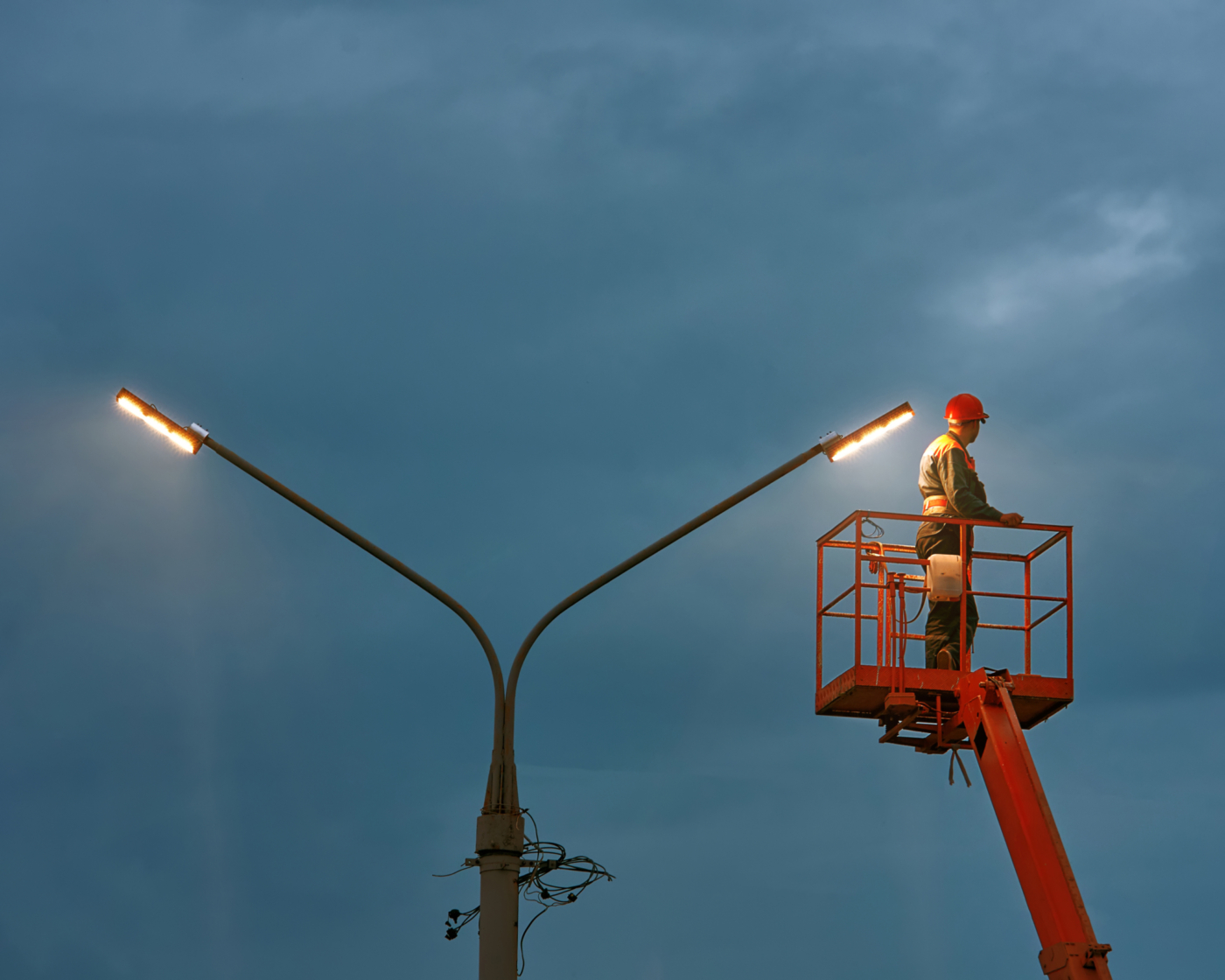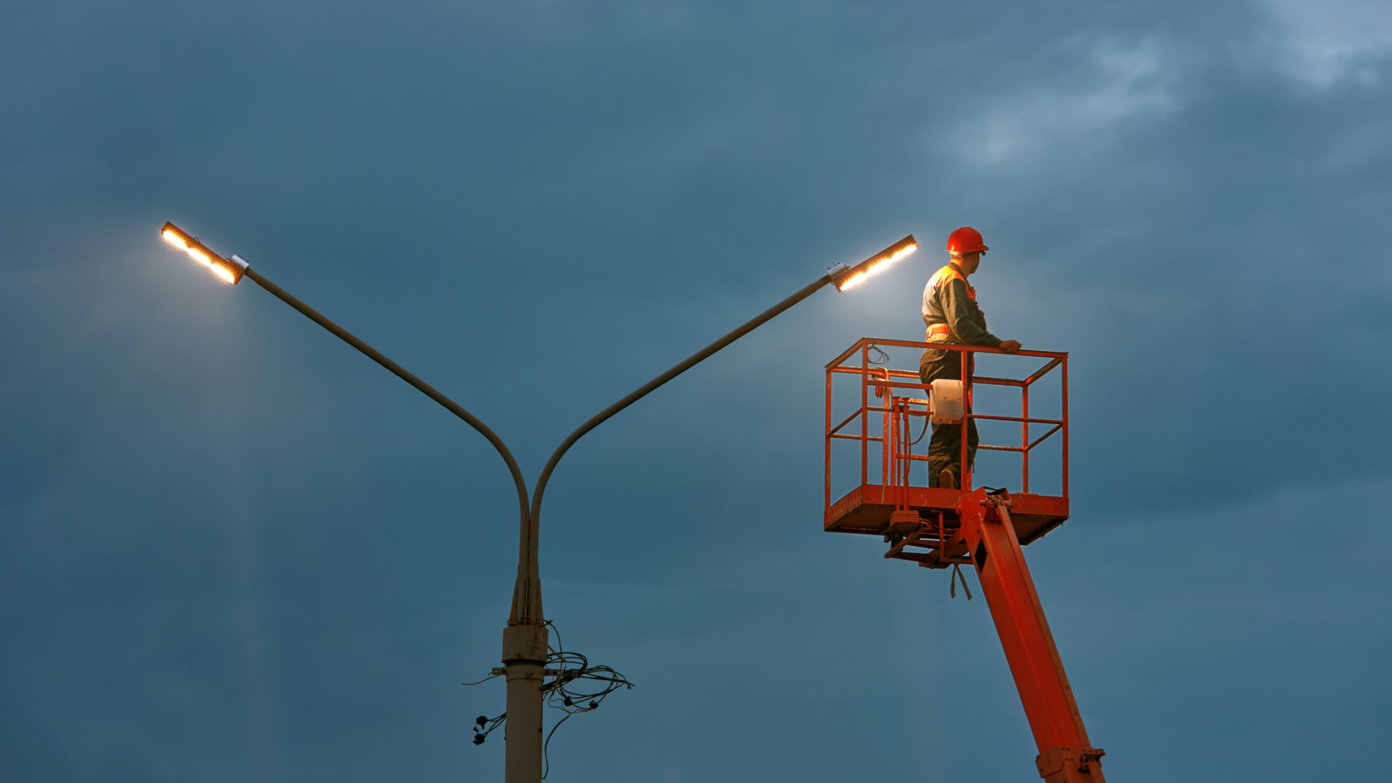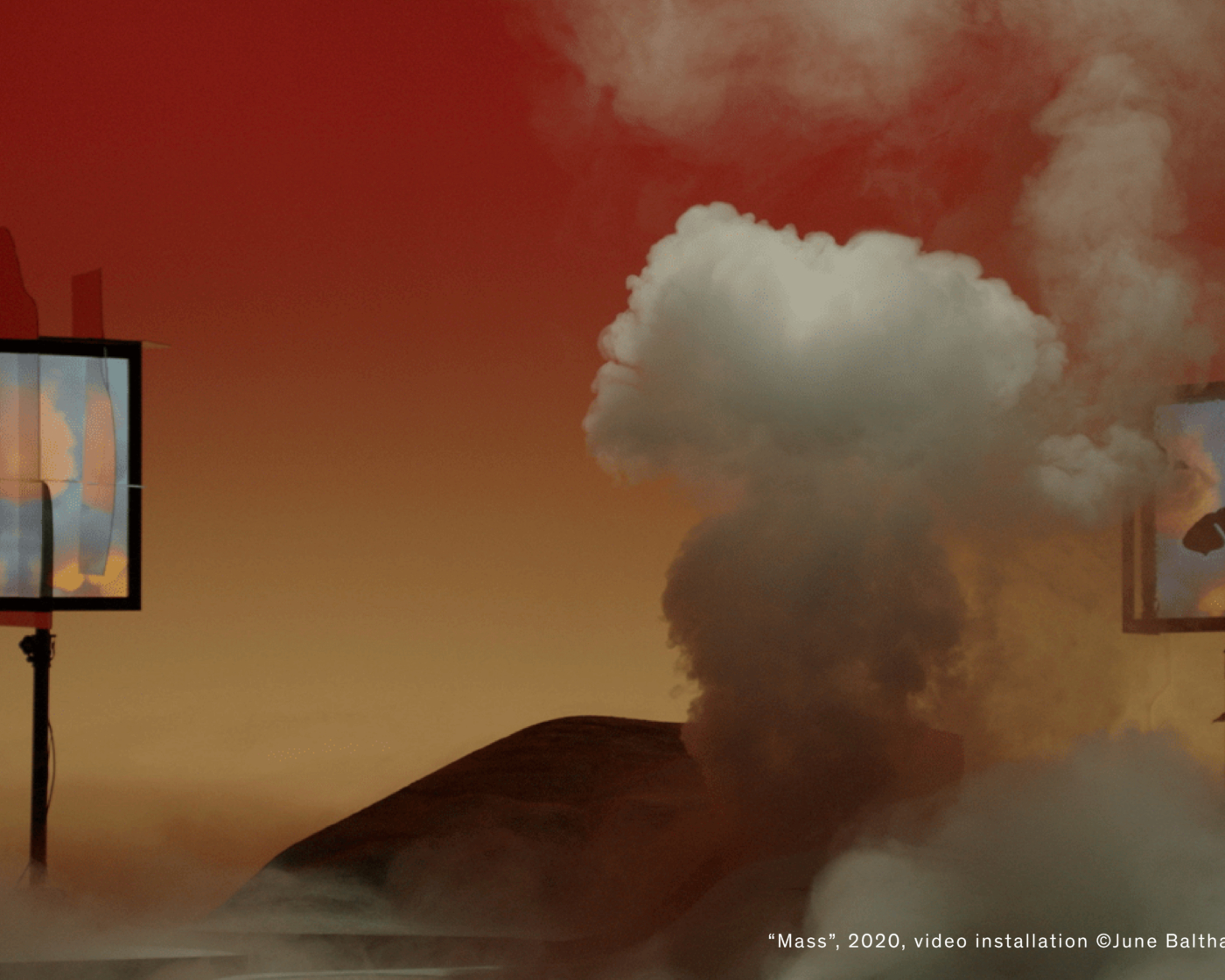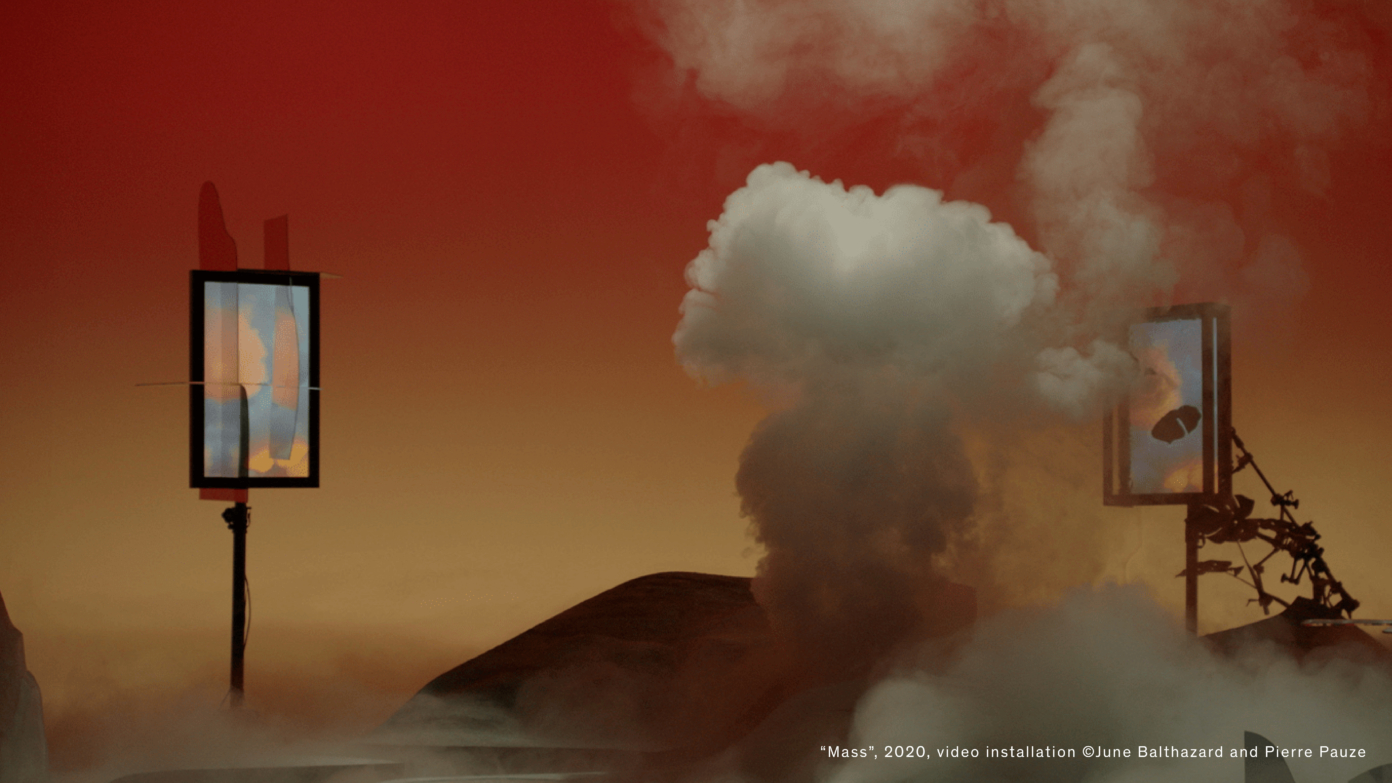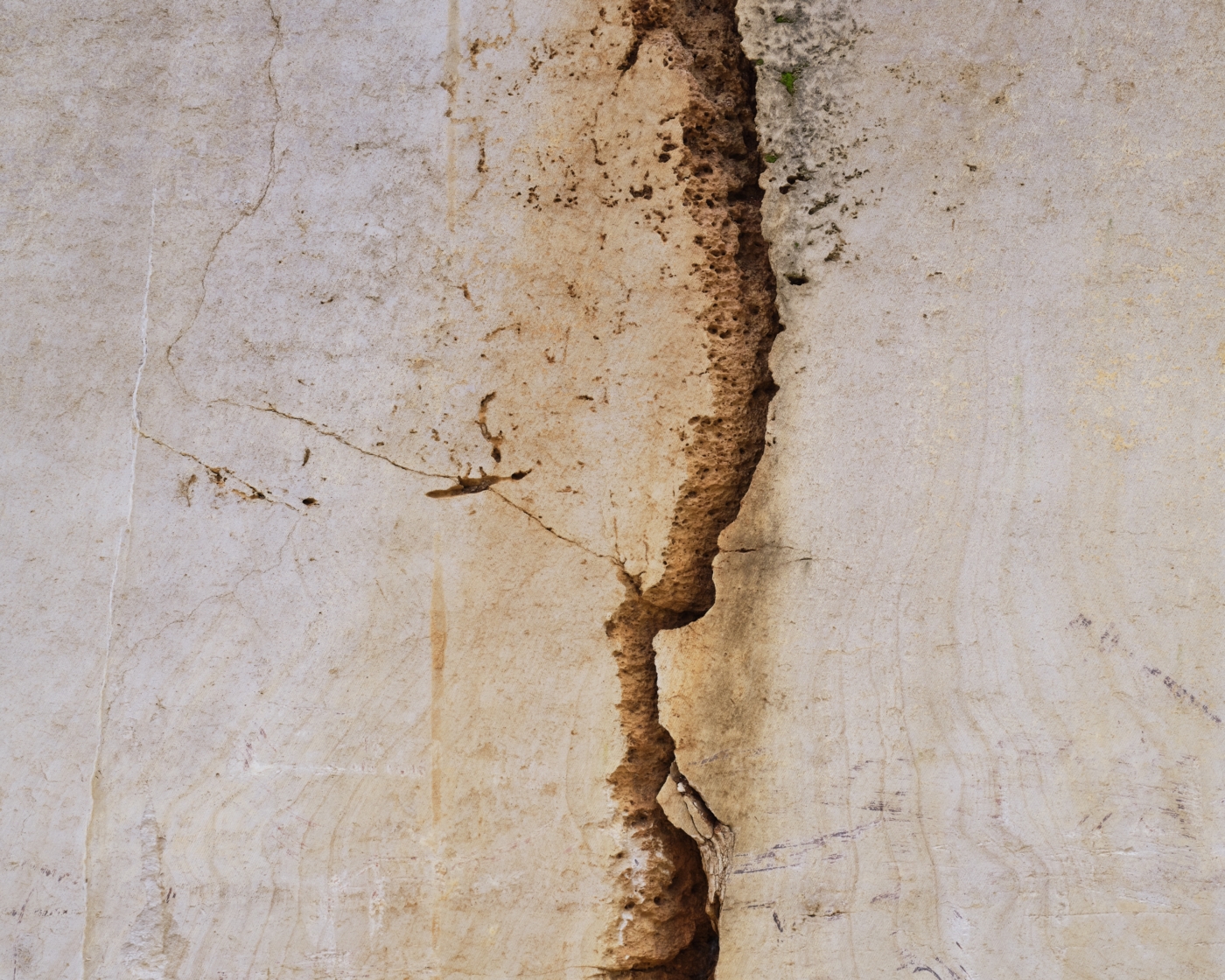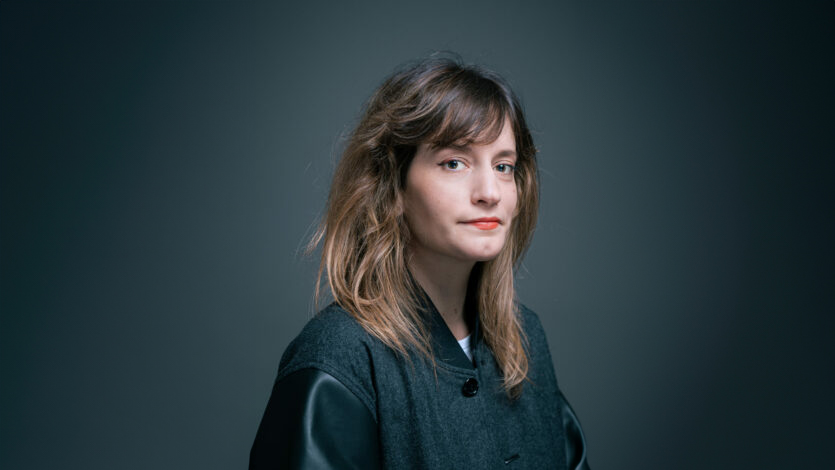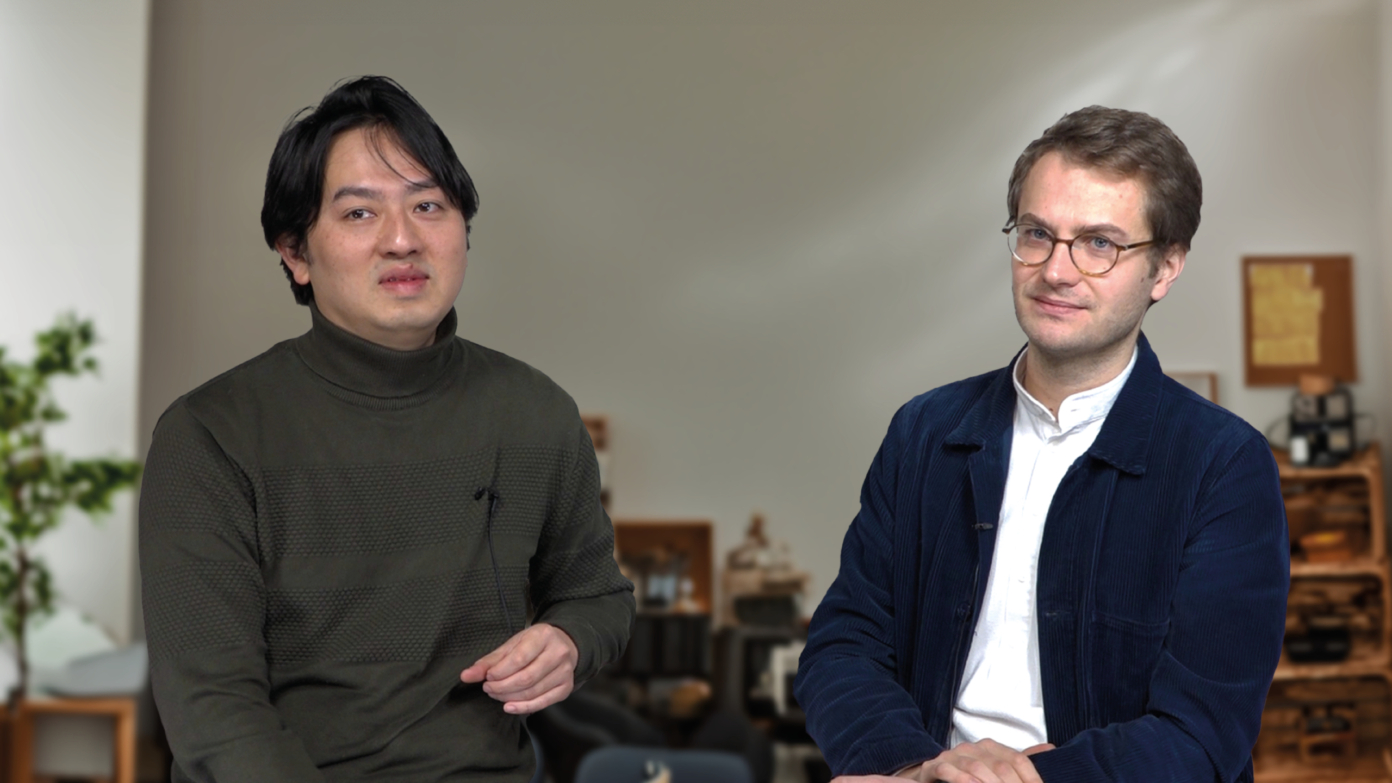Organic design: towards new artefacts
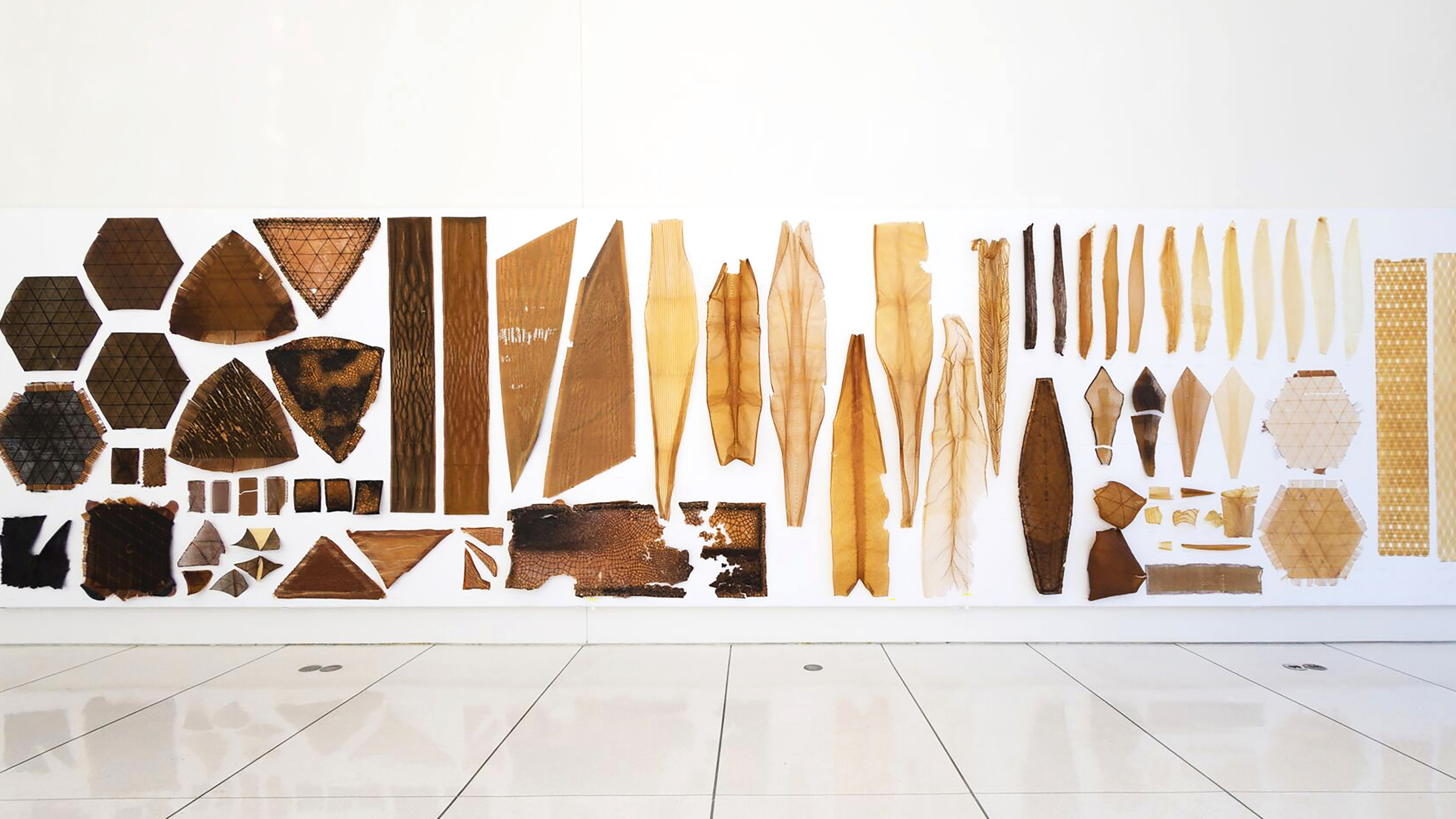
- Publish On 11 July 2021
- Marie-Ange Brayer
Confronted with environmental challenges, designers are exploring new materials that could replace plastics. Options include biodegradable, renewable, biobased, and self-growing materials. Discover three prototypes.
Digital technologies have brought about a radical paradigm shift, blurring the lines between real and virtual, organic and artificial, tangible and intangible. As early as the 1990s, the networking of the world was compared to the processes of biological development, but as global awareness of environmental issues has become a reality, the exploration of the self-organizing abilities of the living is now integral to pursuing energy efficiency, designing new hybrid materials, and reducing our carbon footprint. Artists and designers were the first to embrace this environmentally-friendly approach, designing items thanks to living organisms and seeking alternatives to plastic for instance.
Marie-Ange Brayer, curator, and head of the Design and Industrial Prospective Department at Mnam-Cci, Centre Pompidou, gives us an overview of the possible forms of collaboration between technology and natural intelligence through three projects demonstrating a new relationship with living things. A special preview of her article will appear in the 5th edition of our book magazine, Stream, which is slated for publication this fall.
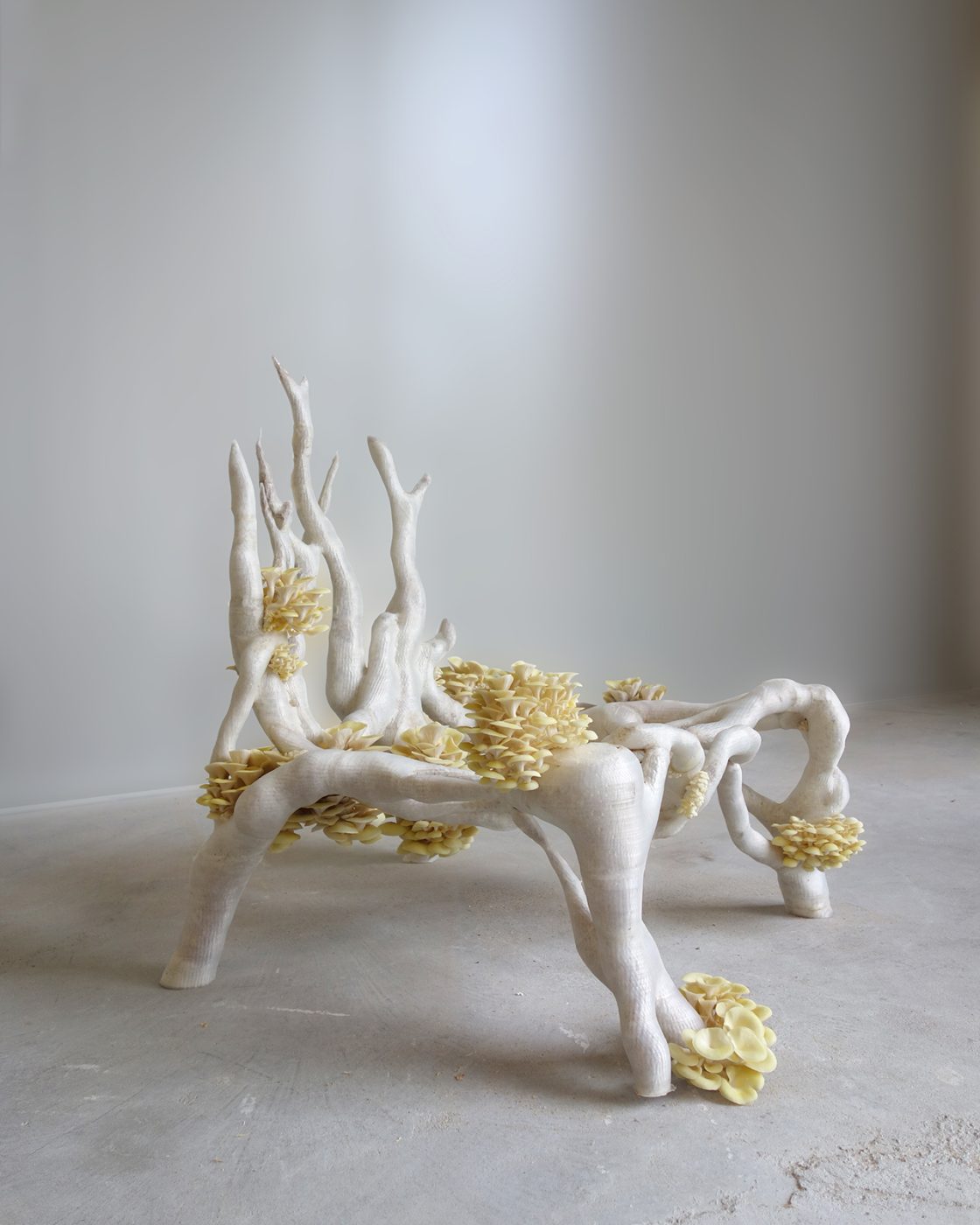
Printing biological material
The Mycelium chair, designed by the Dutch design studio Klarenbeek & Dros in 2018, is an example of innovation that intersects digital technologies and the intelligence of the living. The artwork, which now forms part of the Centre Pompidou collection, derives from the application of new 3D-printing technology using living mycelium that was first developed by these designers in 2011 as they were striving to find an industrial alternative to plastics and bioplastics. Klarenbeek & Dros are also interested in using algae to obtain new and innovative materials. Traditional production materials are replaced with a living substance. The chair is manufactured based on a 3-D printed structure in which the reishi mycelium (reishi is a particularly sturdy mushroom) is digitally printed in a mixture of water, powdered straw, and sawdust. The mycelium acts as a form of living glue. Once this “living” chair is printed, it continues growing in the lab, through its mushrooms, for a few days. A thin coat of bioplastics is then applied to stop the fungi’s growth. The chair is compostable and this manufacturing process could find widespread application in everyday products.
Designing intelligent materials
Neri Oxman, a designer, and engineer, and head of a research laboratory at MIT, has been interested in biodesign and IT since the very beginnings of the digital revolution. With the Aguahoja project, presented in 2019 in the “Designing the Living” at Centre Pompidou, which I curated along with Olivier Zeitoun, she exhibited biocomposite items that were digitally fabricated while also inspired by the properties of nature. Neri Oxman elaborates hybrid materials that are midway between the living and the artificial, designed based on molecular components that can be found in trees, insects, or bones, but digitally controlled. Her research focuses on new materials that could react to environmental stimuli, in an interaction between the physical, lighting, and thermal environment.
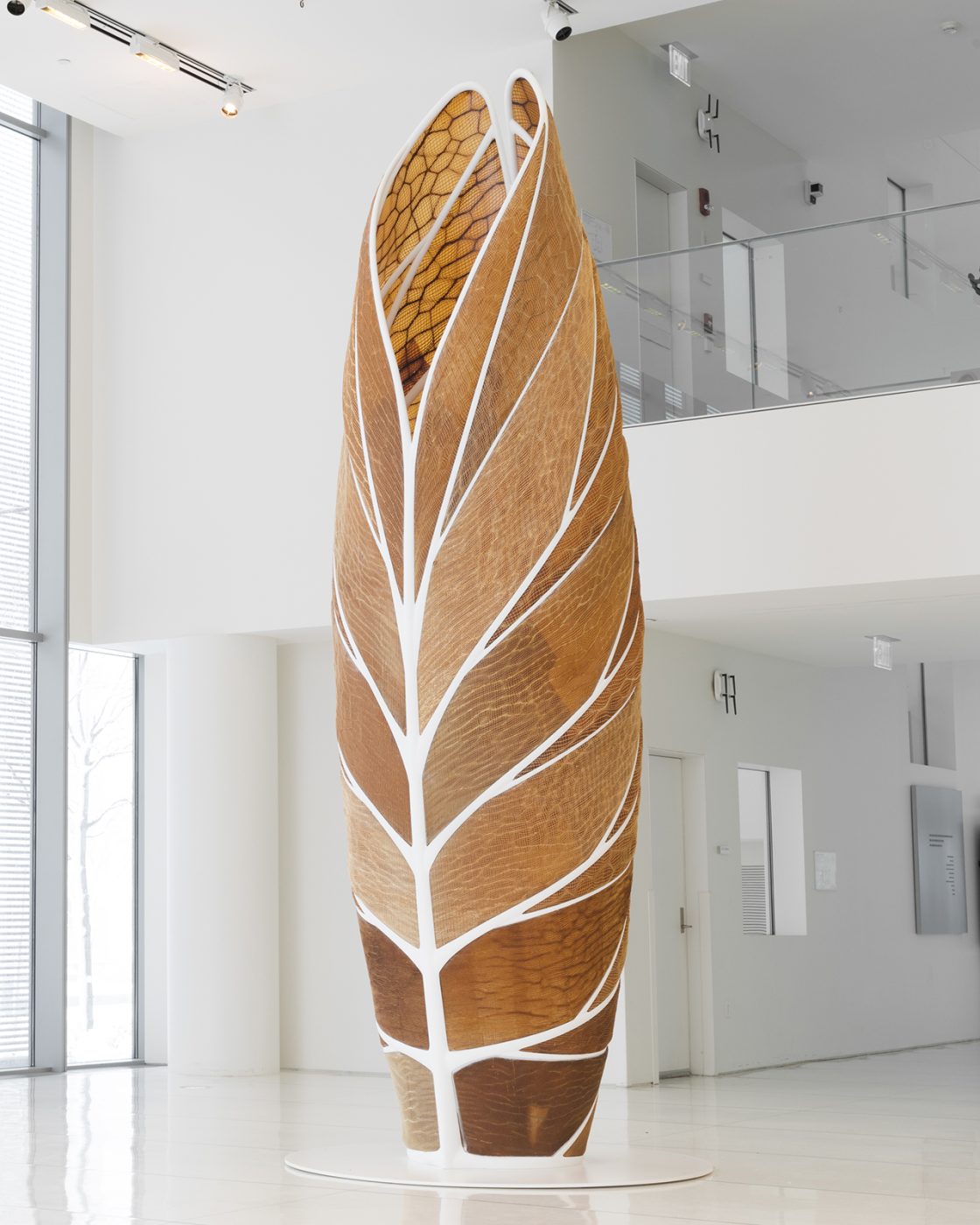
Urban planning inspired by primitive moss
Discover the before and after Responsables du projet : Dr. Claudia Pasquero, Dr. Marco Poletto / Équipe du projet : Lixi Zhu, Xiaomeng Kong, Konstantinos Alexopoulos, Eirini Alexopoulos, Eirini Tsomokou, Michael Brewster by moving the cursor
Physarum polycephalum is one of the oldest micro-organisms on Earth. This single-cell organism, which inhabits forest moss, exhibits learning and information transmission capacities that could help us design urban development projects or solve drought issues in the near future. The networks generated by Physarum exhibit actual engineering capabilities. Physarum is considered as a “primitive form of intelligence:” it can move, regenerate, solve mazes, remember locations, and anticipate patterns. It also makes foraging decisions, as was demonstrated by ethologist and doctor in animal behavior Audrey Dussutour’s amazing research at the CNRS in Toulouse.
As part of the Synthetic Landscape Lab, UIBK / Urban Morphogenesis Lab at UCL in London, the architects of EcologicStudio (Claudia Pasquero and Marco Poletto) will present an unprecedented urban planning project based on the study of Physarum polycephalum at the next exhibition in the Mutations/Créations cycle at Centre Pompidou, “Réseaux-mondes” (World Networks), slated for February–March 2022. Their projects explore a post-Anthropocene reality, where impact doesn’t only proceed from humans but also from artificial intelligence and intelligent systems adapted from nature. The project, entitled “GAN-Physarum : la dérive numérique” [GAN-Physarum : the digital drift] is based on a biodigital algorithm. A biopainting incorporates a living strain of Physarum developing on the map of a city, thereby acting as a “biotechnological” brain. The architects view the project as being based on the “interdependence of biological and digital intelligence.” GAN (Generative Adversarial Networks) are an algorithm, a form of artificial intelligence that will behave like a Physarum polycephalum, thereby demonstrating parallels between the growth of cities and living organisms. It is proven that transportation networks are “systems that are both biological and urban;” here, the primitive organism is used for a “re-metabolization” of the city, aiming for carbon neutrality as well as the increase of biodiversity.
Image cover: The Mediated Matter Group and Neri Oxman, The Aguahoja Artifacts Display
This catalogue of experimental materials (made from organic materials and printed by a robot) covers four years of research and reveals the diversity of aesthetics and properties generated according to geometries, bio-composite distribution and manufacturing parameters.

